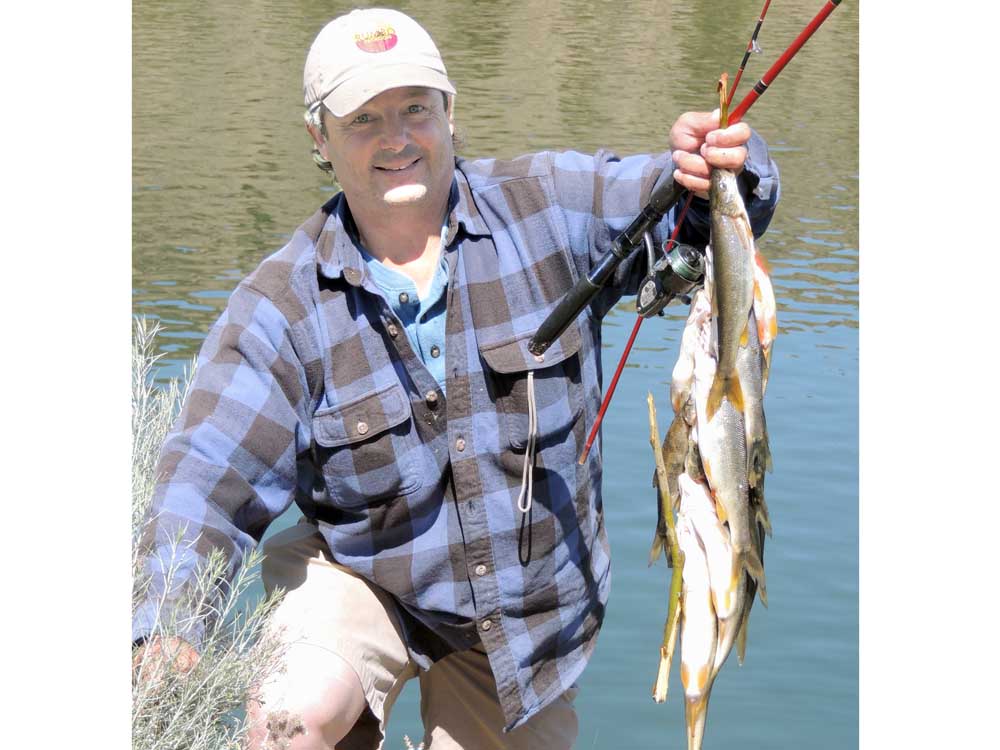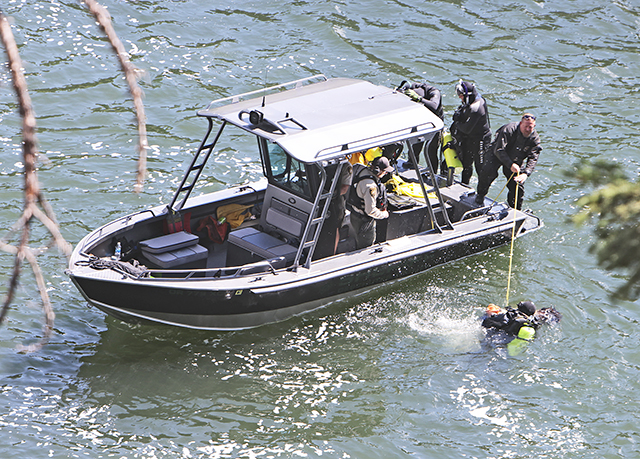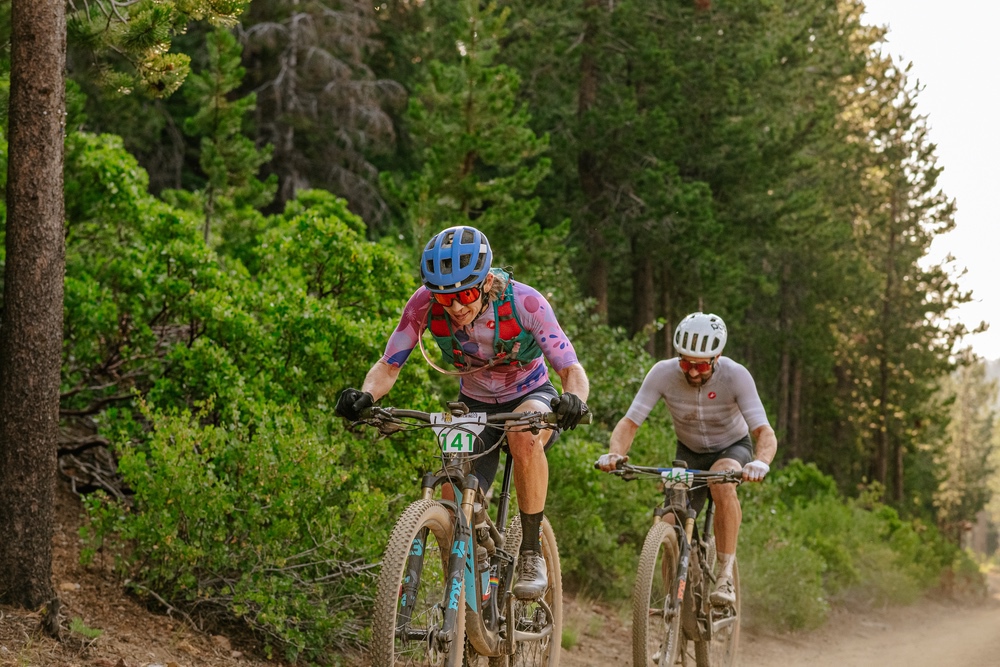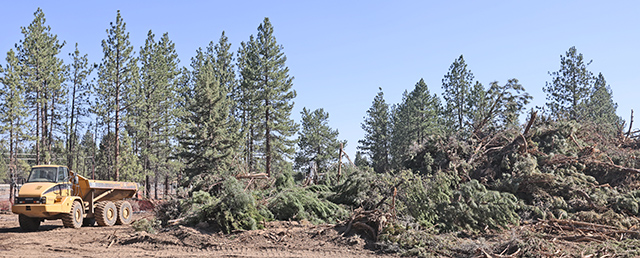Fish bounty program helps protect salmon
Published 12:00 am Wednesday, August 12, 2015

- Gary Lewis / For The BulletinBrian Davis with a morning’s catch of pikeminnow. The Northern Pikeminnow Sport-Reward Program pays fishermen to catch pikeminnow, which eat millions of baby salmon and steelhead each year
You use electricity, right? That means you pay for it, unless you’re living with Mom and Dad. Part of that money ends up going to the Bonneville Power Administration, and they pay fishermen to catch fish.
Northern pikeminnow eat millions of baby salmon and steelhead each year. The goal of the program is to reduce the average size of the pikeminnow to help the juvenile salmonids make it out to the ocean. The bounty on a pikeminnow ranges from $5 to $8 per fish, and special tagged fish are worth $500.
Trending
The program operates from May 1 to Sept. 30 in the lower Columbia and the Snake River.
How many fish can a person catch? Last year, the top 20 anglers caught an average of 3,500 fish each. One fisherman pocketed $73,698. He or she caught 9,114 pikeminnows, an average of 60 fish per day through the five month season.
An angler must register in person at a check station prior to fishing and check out after fishing. Fish must be 9 inches or longer to qualify for payment. All fish must be alive or in fresh condition. Fish that are frozen or in otherwise poor condition will not be accepted.
When the fish are turned in, the angler is presented with a voucher which must be mailed in to the Sport Reward program. Approximately three weeks later, a check will arrive in the mail. Mail in a voucher every day for two weeks and the checks will flow. It’s almost like work, only better, and you can get a great tan.
There are 20 stations on the lower Columbia and along the Snake River, and each station is capable of turning in impressive numbers of fish throughout the season.
As I write this, the calendar has turned to August and so far, the station at Bingen (on the Washington side, below The Dalles Dam) has turned in 4,179 pikeminnow during 446 angler days, which is an average of 9.4 fish per angler per day.
Trending
Upstream, at The Dalles Boat Basin, 2,486 angler days have netted 26,393 fish for an average of 10.6 fish per angler per day. Thirty-one of those fish had $500 tags.
Catch numbers run highest in May and June, but that is largely due to higher angler effort in the spring. Average catch rates of nine, 10 and 11 fish per day can be sustained through August and September.
Pikeminnow aren’t hard to catch. When we targeted them in the Bonneville and Cascade Locks area in the early ’90s, we used 10-pound test line and steelhead rods. We cast leadhead jigs rigged with split-tailed white or glow-in-the-dark grubs. And we caught big ones, fish that ripped the line off our reels.
I saw lines break and tempers flare and rods get busted.
Back then, each fish was worth $3 and when someone would hook up, he’d shout, “Three bucks!”
We carried buckets of big, nasty pikeminnow back to the check stations and waited for our checks in the mail. I used my mailbox money to buy steelhead tackle.
I’ve caught them on spinners and dry flies too, but one of the best ways to catch pikeminnow is with bait. Fried chicken skins, chicken liver, salmon eggs, crawdad tails, shrimp, cut-bait and fish entrails are good. An easier option is a nightcrawler.
In slower water, use a sliding sinker on the main line with a bead in front of a swivel. Use a 6- to 10-pound test leader between 12 and 30 inches long.
In faster water, use enough weight to bounce off the bottom, walking the bait downstream. At the bite, set the hook hard.
It’s a good idea to bring a long-handled net. That’s $5 and a lot of baby steelhead lives on the end of the line. Get him in the net!
Then get him in a bucket with some river water. Remember, those fish have to look good.
Since 1990, over 4.2 million pikeminnow have been removed from the Columbia system, and predation on salmon and steelhead has been cut by 40 percent. The Northern Pikeminnow Sport-Reward Program is funded by the BPA and is administered by the Pacific States Marine Fisheries Commission.
If you’ve ever wanted to have someone else finance a family fishing vacation, this is as good as it gets.
For more information, go to pikeminnow.org.
— Gary Lewis is the host of Frontier Unlimited TV and author of John Nosler — Going Ballistic, Fishing Mount Hood Country, Hunting Oregon and other titles. Contact Gary at www.GaryLewisOutdoors.com.








